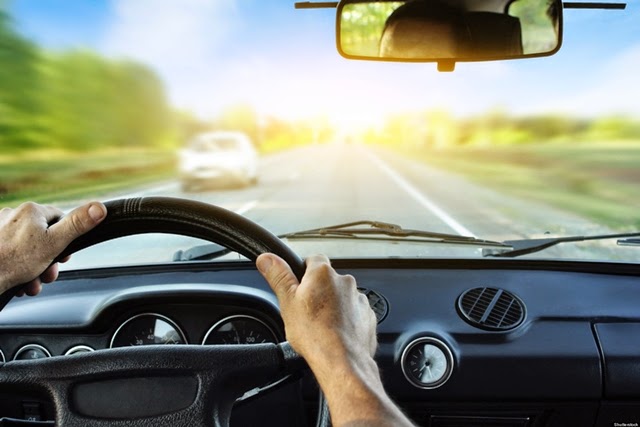 Good news and bad. The National Highway Traffic Safety Administration has released a couple of new studies, happily declaring that drunk driving has been on the decline for the past decade, while driving under the influence of prescription drugs and marijuana has unfortunately increased.
Good news and bad. The National Highway Traffic Safety Administration has released a couple of new studies, happily declaring that drunk driving has been on the decline for the past decade, while driving under the influence of prescription drugs and marijuana has unfortunately increased.
According to the study,conducted in 2014 through roadside surveys, the NHTSA discovered that the proportion of drives with alcohol in their system has, since 2007, fallen. However, the amount of drivers who test positive for drugs while behind the wheel has increased to a startling 1 in 4 ratio.
To collect the data, the NHTSA set up 300 voluntary roadside survey sites all across the United States. They paid drivers for their time, and assured them that anything they said would be on the record as anonymous. During the weekend hours at night, 8.3 percent of drivers had alcohol in their system, while 1.5 percent of drivers had more than the legal limit. Those numbers have are down since 2007, when the NHTSA conducted a similar survey.
Unfortunately, the NHTSA found that drivers who had evidence of drugs in their system had climbed almost 4 percent, from 16.3 percent in 2007 and 20 percent in 2014. Specifically, the NHTSA found that 12.6 percent of those had marijuana in their system, which is up from 8.6 percent sent 2007.
An additional study conducted on over 9,000 drivers in the state of Virginia studied the correlation between marijuana and crashes, yet the findings from this study were less conclusive. Though pot users are 25 percent more likely to be in or cause a crash, they are also the same demographic of the most crash-prone group; young men.
The NHTSA admitted that due to the controlled demographic factors, they were unable to determine whether there was a significantly higher risk that marijuana users will be in a crash. In addition, the NHTSA had no way of knowing how much the marijuana users had ingested. In addition, the NHTSA admitted the flaw in the accuracy of their willing participants, given that even the promise of anonymity is likely not enough to encourage most drunk drivers to pull over and perform a roadside test.
However, Trowbridge of the NHTSA affirmed that researchers also utilized a long history of survey data to study trends in these types of surveys, so that they can be sure that the data they collected is as accurate as possible.
Source: www.fiatusaofsawgrass.com

